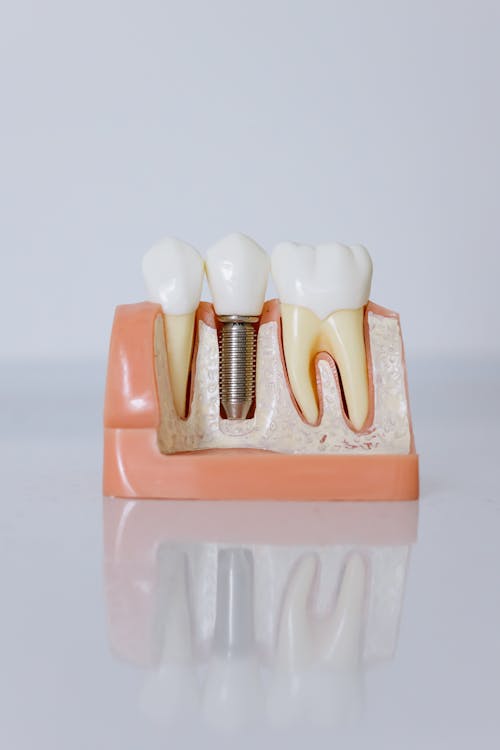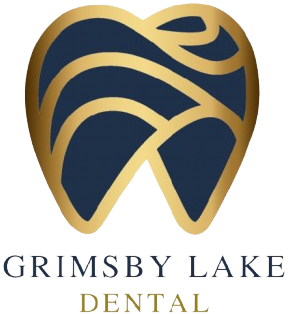Root Canal Therapy
Root canal therapy, also known as endodontic treatment, is a dental procedure designed to save a tooth that has become infected or severely inflamed. Here’s a comprehensive overview of this vital dental treatment:
Understanding the Need for Root Canal Therapy
1- The Pulp
- Inside each tooth, beneath the enamel and dentin, lies the pulp. This soft tissue contains nerves, blood vessels, and connective tissue that nourish the tooth during its development.
- When the pulp becomes infected or inflamed, it can cause significant pain and damage.
2- Causes of Pulp Damage
- Deep cavities: Bacteria can penetrate the enamel and dentin, reaching the pulp.
- Cracked or fractured teeth: These can allow bacteria to enter the pulp.
- Repeated dental procedures: Multiple treatments on a tooth can irritate the pulp.
- Trauma to the tooth: An injury can damage the pulp, even if the tooth isn’t visibly cracked.
The Root Canal Procedure
1- Anesthesia
Local anesthesia is administered to numb the tooth and surrounding area, ensuring a comfortable procedure.
2- Accessing the Pulp
A small opening is created in the crown of the tooth to access the pulp chamber.
3- Cleaning and Shaping
- Tiny instruments are used to carefully remove the infected or inflamed pulp from the root canals.
- The canals are then cleaned, shaped, and disinfected to eliminate bacteria.
4- Filling and Sealing
- The cleaned root canals are filled with a biocompatible material, typically gutta-percha, to prevent future infection.
- The opening in the tooth is sealed with a temporary or permanent filling.
5- Restoration
Often, a crown is placed over the treated tooth to strengthen and protect it. This is especially important for back teeth, which endure significant chewing forces.
Benefits of Root Canal Therapy
1- Saves the Natural Tooth
Root canal therapy allows you to keep your natural tooth, which is always preferable to extraction.
2- Relieves Pain
The procedure eliminates the source of pain caused by an infected or inflamed pulp.
3- Prevents Infection Spread
By removing the infected pulp, root canal therapy prevents the infection from spreading to other teeth and surrounding tissues.
4- Restores Tooth Function
A restored tooth can function normally for chewing and biting.
5- Cosmetic Benefits
By keeping your natural tooth, you also maintain your natural smile.
Aftercare and Recovery
1- Post-Procedure Discomfort
Some mild discomfort or sensitivity is normal for a few days after the procedure. Over-the-counter pain relievers can help.
2- Oral Hygiene
Maintain good oral hygiene by brushing and flossing regularly.
3- Follow-up
Follow up with your dentist for any necessary restorations, such as a crown.
When to See Our Dentists at Grimsby Lake Dental
- Severe tooth pain
- Sensitivity to hot or cold that lingers
- Swelling or tenderness in the gums
- A pimple-like bump on the gums
- Discoloration of the tooth
Root canal therapy is a highly successful procedure that can save your natural tooth and restore your oral health.

Follow Grimsby Lake Dental on Instagram
